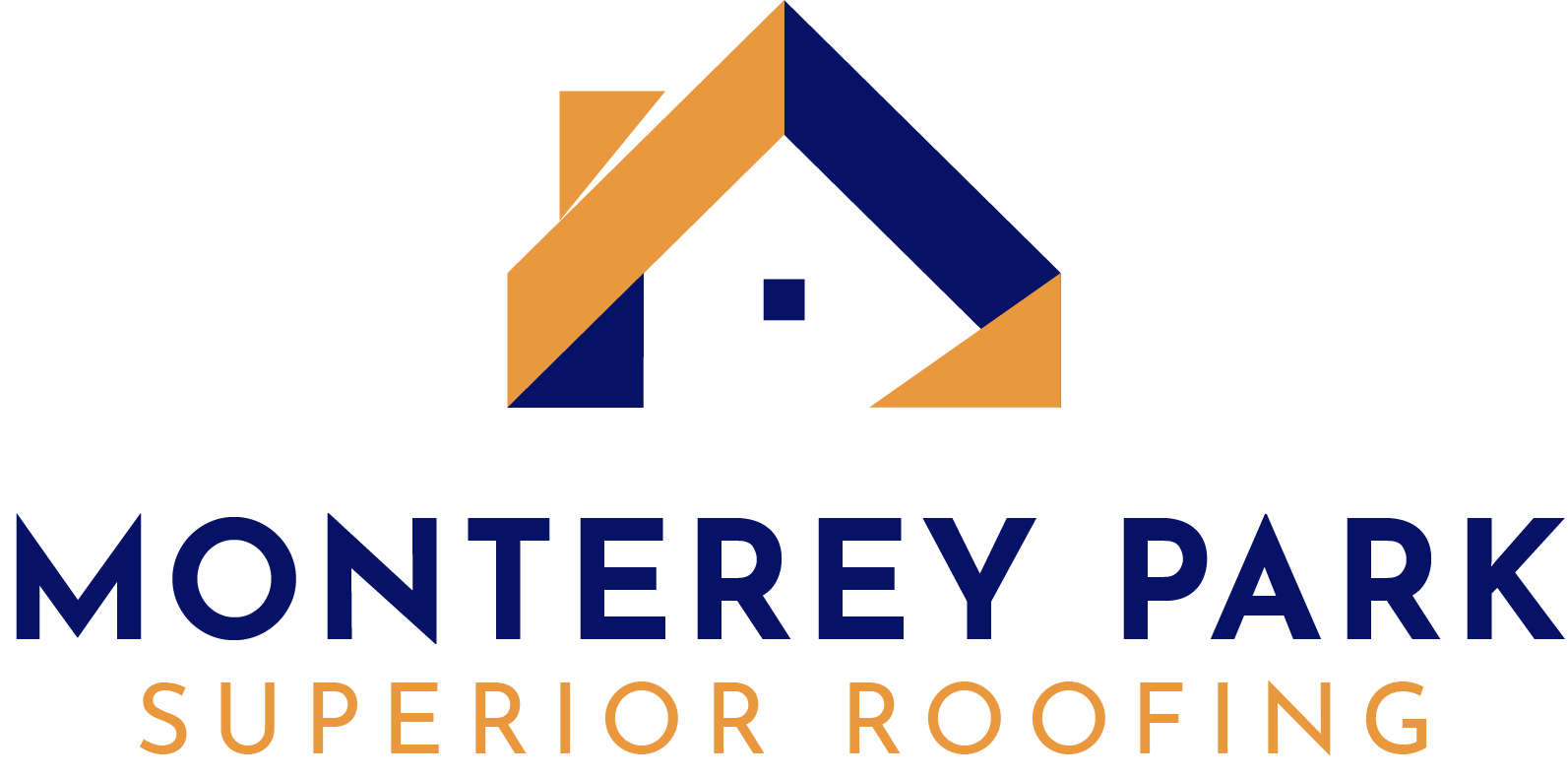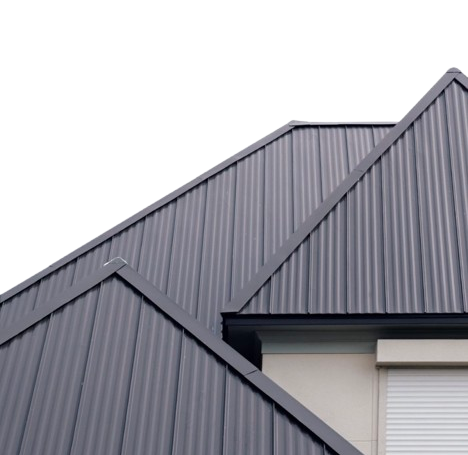Chimney Flashing Repair Services in Monterey Park, CA
At Monterey Park Superior Roofing, we specialize in chimney flashing repair designed to prevent water infiltration and moisture damage in both commercial and residential buildings. Damaged or improperly installed flashing can lead to costly roof leaks, wood rot, and interior water stains that compromise the integrity of your roof and structure. We provide durable, expert repairs using premium materials including step, counter, copper, lead-coated copper, and aluminum flashing. Our services include base flashing replacement, cricket construction, mortar cap sealing, chimney crown repair, and ice and water shield integration designed to keep your property dry and protected.
Our team is equipped to handle the unique requirements of commercial spaces with masonry chimney flashing and metal chimney chase covers as well as the distinct needs of residential properties using techniques like saddle flashing installation, reglet flashing, through-wall flashing, and elastomeric sealant application. With years of experience in Monterey Park, CA, we focus on delivering reliable solutions with soldered copper joints, standing seam details, and pressure-treated wood crickets that extend the life of your chimney and roof system. By choosing us, you're ensuring professional service backed by thorough knowledge of building code compliance and quality workmanship.
Signs Your Chimney Flashing Needs Repair
We often find that early warning signs of flashing damage are subtle but critical to catch. Identifying issues like water stains, visible rust, or roof leaks promptly helps prevent extensive water damage and costly structural repairs. Recognizing these signs ensures your chimney and roof remain secure and watertight.
Water Stains Near Chimney
Water stains around your chimney, especially on ceilings or walls adjacent to the chimney, are a clear indicator of flashing problems. These brown or yellow discolorations result from water seeping through gaps or cracks in the flashing.
If left unaddressed, moisture can promote mold growth and weaken building materials inside your home. We recommend inspecting any water stains early, as they often signal that water is penetrating where the flashing seal has failed or deteriorated.
Visible Flashing Damage or Rust
Chimney flashing made of metal can corrode due to weather exposure. Signs we look for include rust, cracks, or peeling edges on the flashing itself. Rust indicates oxidation, which weakens the metal and opens pathways for water infiltration.
We also check for gaps or separation where flashing no longer tightly adheres to the chimney or roof. Damaged flashing is unable to provide a secure barrier, increasing the risk of leaks and structural issues.
Roof Leaks and Structural Concerns
Roof leaks around the chimney can mean the flashing is compromised. Water entering through faulty flashing can damage roofing materials, leading to rot and mold within roof decking or attic framing.
Structural damage may also develop as prolonged moisture exposure weakens wood supports and drywall. We emphasize the importance of addressing leaks quickly to stop further water damage and preserve your building’s integrity.
Our Chimney Flashing Repair Process
Inspection and Assessment
Our process begins with a thorough inspection of the existing flashing and surrounding roof areas. We look for signs of corrosion, rust, cracks, and gaps in the sealant that could allow water penetration.
We also assess the chimney structure itself for potential damage, such as crumbling mortar or bricks, which can indicate longstanding leaks. Proper diagnosis helps us determine if a partial repair is sufficient or if a full replacement is necessary.
This assessment allows us to customize our flashing repair services according to the severity of the damage and the specific materials involved, ensuring an effective repair plan.
Removal of Damaged Flashing
Once the inspection is complete, we carefully remove any compromised flashing components to prevent further damage and prepare the area for new installation.
During removal, we take care not to damage the roof shingles, chimney masonry, or underlying roofing materials. This step includes clearing away old roofing cement, caulk, and any rust or debris from the flashing area.
Removing all deteriorated materials ensures that the new flashing will adhere properly and form a continuous, water-resistant seal around the chimney base.
Installation of New Flashing
We install new flashing using high-quality materials selected for durability and corrosion resistance, such as galvanized steel, aluminum, or copper, depending on your needs and budget.
Our roof flashing installation process uses a complete flashing system: base flashing, step flashing interwoven with shingles, and counter flashing integrated into the chimney mortar joints. This layered setup directs water safely away from the chimney-roof junction.
We secure all flashing components with proper fasteners and roofing cement, avoiding nailing through exposed flashing surfaces that could cause leaks. Our professionals follow best practices and local building codes to ensure a reliable installation.
Final Water Tightness Check
After installation, we conduct a detailed quality check to verify that all flashing sections are securely sealed and properly aligned.
We test for potential leaks by examining sealant coverage and signs of water infiltration risk. This step includes inspecting nail heads, flashing overlaps, and connections between flashing and chimney masonry.
Performing this final check guarantees that our chimney flashing repair services provide a robust, waterproof seal, protecting your home against water damage now and in the future.
Benefits of Professional Chimney Flashing Repair
Proper chimney flashing repairs safeguard your building from costly water intrusion and related damage. Strong flashing prevents leaks and structural issues, protects your property’s market value, and ensures long-term reliability through expert installation.
Preventing Long-Term Water Damage
Water infiltration around the chimney can lead to severe issues like rotting wood, mold growth, and compromised insulation. Poorly sealed or damaged flashing allows rain and moisture to penetrate the roof structure, which often causes hidden water damage that worsens over time.
Professional chimney flashing repair uses durable materials and precise installation techniques to create a watertight seal. This stops leaks before they begin, maintaining the integrity of both residential and commercial roofs. Addressing flashing problems promptly helps avoid costly repairs to ceilings, attics, and framing caused by persistent moisture.
Protecting Property Value
A well-maintained chimney flashing system demonstrates to buyers and inspectors that the property is cared for. Water damage or signs of flashing failure often lower the value of a commercial or residential building due to the risk of ongoing maintenance.
With our experienced team at Monterey Park Superior Roofing, we enhance your property’s longevity and appeal. Using high-quality materials backed by warranties, we ensure repairs last. This proactive approach preserves structural integrity and prevents deterioration that negatively impacts property assessments and resale value.
FAQs About Chimney Flashing Repair
How much does chimney flashing repair cost?
Chimney flashing repair costs typically range from $300 to $1,500 depending on damage extent and repair complexity. Minor repairs like resealing gaps or replacing sealant cost $200 to $500, while replacing damaged flashing sections costs $500 to $1,000. Complete chimney flashing replacement ranges from $1,000 to $2,500 for standard chimneys. Factors affecting price include flashing material (aluminum, copper, galvanized steel), chimney size and accessibility, roof pitch, and whether masonry repairs are needed.
What is chimney flashing?
Chimney flashing is a waterproofing system that seals the junction between your chimney and roof to prevent water infiltration. It consists of base flashing on the roof deck, step flashing that weaves between shingles along chimney sides, counter flashing embedded into chimney mortar joints, and saddle or cricket flashing that diverts water around the chimney's upslope side. Materials include aluminum, copper, galvanized steel, or lead, sealed with roofing cement or caulk.
What are signs of damaged chimney flashing?
Key signs of damaged chimney flashing include water stains on ceilings or walls near the chimney, rust or corrosion on visible flashing, and gaps or separation between flashing and chimney masonry. Cracked, missing, or deteriorated sealant around flashing edges, loose or lifted flashing sections, and damaged shingles surrounding the chimney base indicate problems. Interior signs include moisture in the attic near the chimney, musty odors, mold growth, and efflorescence on chimney bricks.
Can chimney flashing be repaired or does it need replacement?
Most chimney flashing issues can be repaired if caught early. Problems like deteriorated sealant, small gaps, loose counter flashing, and minor rust spots are repairable by resealing joints, refastening loose sections, and applying new roofing cement. Replacement is necessary when flashing has extensive rust or corrosion, large holes or tears, severe deterioration throughout multiple sections, improper original installation, or when surrounding shingles and roof deck have sustained significant water damage.
What causes chimney flashing to leak?
Chimney flashing leaks are primarily caused by deteriorated sealant or caulk that cracks from UV exposure, thermal expansion, and age. Improper installation with inadequate overlap, missing components, or incorrect counter flashing embedded too shallow in mortar joints allows water penetration. Cracked or deteriorating chimney mortar creates gaps where counter flashing loosens. Rust and corrosion, physical damage from falling branches, and missing cricket flashing that allows water pooling behind the chimney contribute to leaks.

